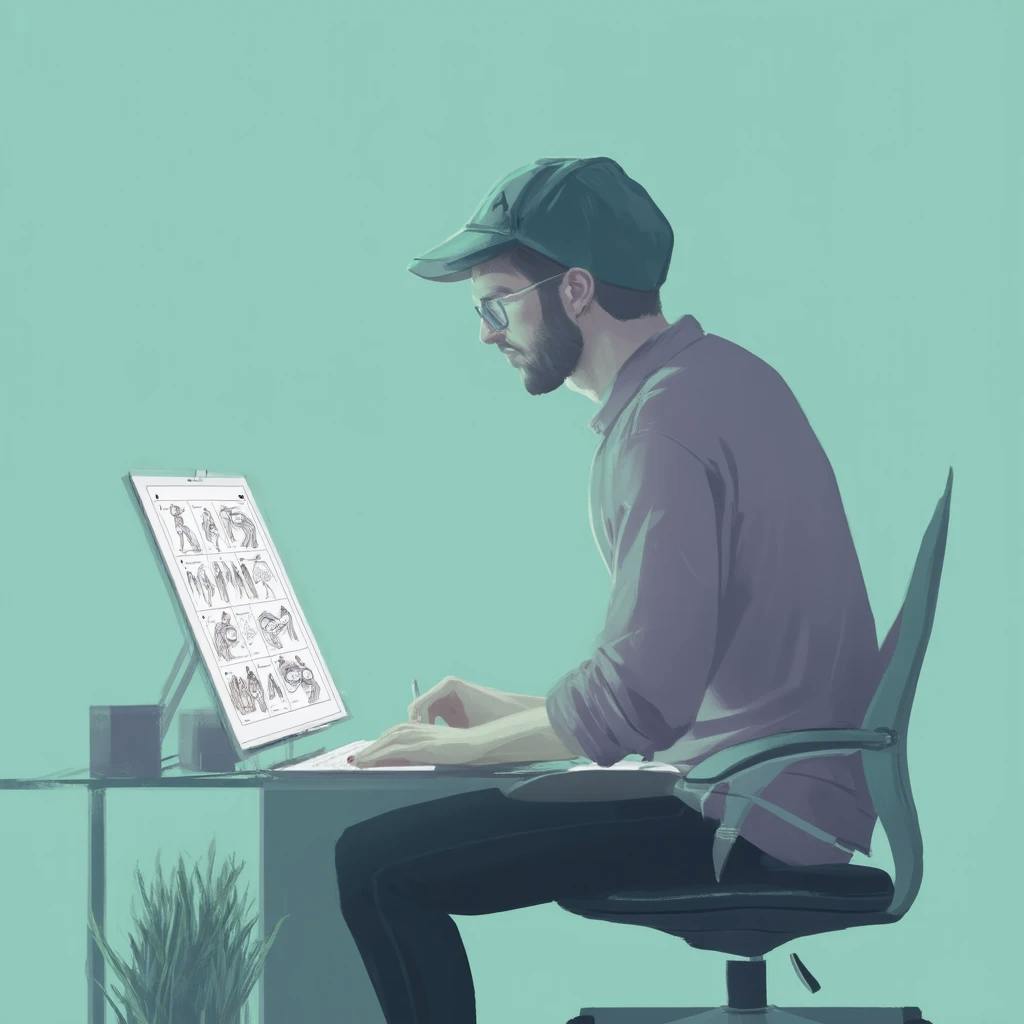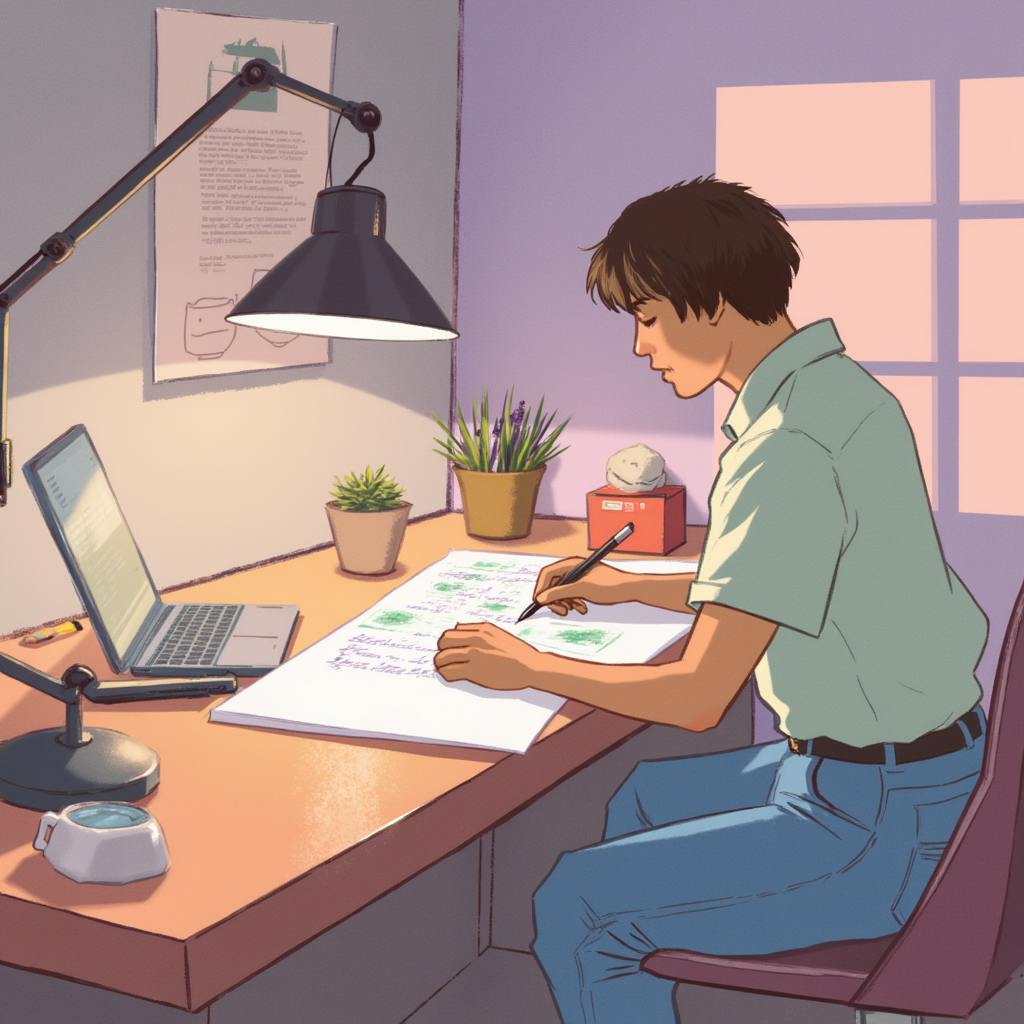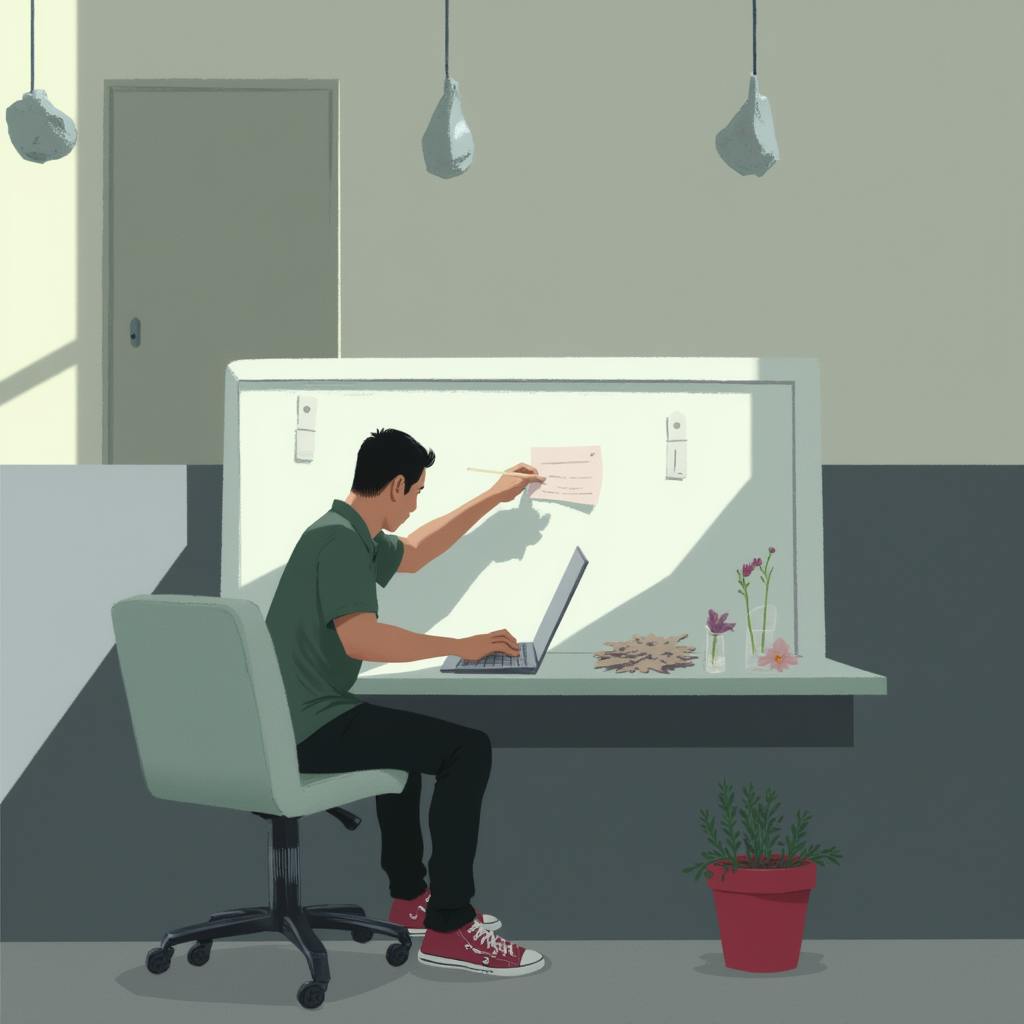In the world of entertainment and media, the question of "What is a concept artist?" often arises among those unfamiliar with the pre-production phases of creative projects. A concept artist, also known as a concept design specialist or visual design professional, is a crucial figure in developing visual ideas and setting the tone for movies, video games, animations, and more. Their work lays down the foundation for other visual elements that follow, making their role indispensable in creative concept development.
Understanding the Role of a Concept Artist
Definition and Responsibilities
A concept artist is a visualizer who communicates ideas and designs through artistic illustrations. Their primary responsibility is to interpret scripts and storylines, transforming them into compelling visual concepts. This involves collaborating with directors, producers, and art directors to capture the vision of the project accurately.
The work of a concept artist extends beyond mere illustrations. They act as visual storytellers, translating abstract ideas into tangible forms that convey mood, atmosphere, and emotion. By doing so, they provide a visual reference that guides the production team throughout the development of a project.
Tools and Techniques
Concept artists utilize a blend of traditional drawing techniques and digital tools. Familiarity with software like Adobe Photoshop, Corel Painter, or similar digital illustration tools is common. Mastery in these tools allows artists to create detailed, nuanced images that serve as a blueprint for other creative disciplines.
Moreover, a concept artist must possess a keen understanding of color theory, lighting, anatomy, and perspective. These elements help in creating realistic and immersive designs. Whether designing characters, environments, or objects, a concept artist's commitment to detail and accuracy is essential to the project's credibility and appeal.
The Process of Concept Development
Collaborative Creativity
Concept artists work in a collaborative environment, often with teams that include writers, designers, and other artists. The workflow typically begins with an initial briefing or brainstorming session where the project's artistic and narrative goals are outlined. Following this, the concept artist develops sketches and drafts, progressively refining ideas until they reach a final concept.
Feedback and Adaptation
The iterative nature of a concept artist's work means they must be open to feedback and willing to make adjustments. This continuous interaction ensures that the visual designs align with the overarching narrative and aesthetic goals of the project. Flexibility and adaptability are thus crucial traits for success in this role.

AI made with Dean Jones
Frequently Asked Questions
What skills are necessary for a concept artist?
A concept artist needs strong artistic skills, including drawing, painting, and an understanding of color and composition. Proficiency in digital art tools and software, as well as excellent communication skills for collaborating with a creative team, are also essential.
Can someone become a concept artist without a formal art degree?
While a formal art degree can provide valuable training and connections, it is not strictly necessary. Many concept artists are self-taught, relying on portfolios that showcase their talents and proficiency to secure employment. Developing a robust portfolio and gaining experience through personal projects or freelance work can compensate for a lack of formal education.
What industries employ concept artists?
Concept artists find employment across various industries, including film, television, video games, animation, and advertising. Within these fields, they may work for production studios, game developers, advertising agencies, or as freelance artists.
Frequently Asked Questions: Understanding the Role of a Concept Artist
Who is a concept artist and what do they do?
A concept artist is a visual designer who creates illustrations to convey ideas and set the visual tone for various creative projects, including video games, movies, television shows, and animations. Their primary responsibility is to depict characters, environments, vehicles, and other visual elements that are integral to the storytelling process. Through their artwork, concept artists provide a visual blueprint that guides the development of the actual visual content.
Concept artists collaborate with directors, designers, and other artists to ensure that the visual style aligns with the project's narrative and aesthetic goals. They often work in stages, starting with rough sketches and progressing to detailed illustrations, allowing for iterative feedback and refinements.
What is the role of a concept artist in a creative project?
The concept artist's role is crucial in the early stages of a creative project. They serve as the visual storytellers who translate written narratives and abstract ideas into tangible visuals. Here's a breakdown of their responsibilities:
- Idea Development: Concept artists brainstorm and develop initial ideas based on a project brief or script, providing multiple visual options for key elements like characters and settings.
- Design Creation: They create detailed and imaginative designs that capture the essence and style of the project, which serve as references for 3D modelers, animators, and other team members.
- Style Consistency: Concept artists help establish and maintain the visual consistency of the project, ensuring that all elements fit within the chosen aesthetic framework.
- Problem Solving: They work closely with other departments to address any visual or technical challenges that may arise during production, offering creative solutions to ensure a seamless design process.
What skills are required to become a concept artist?
Becoming a successful concept artist involves a combination of technical proficiency, creativity, and collaborative skills. Key skills and competencies include:
- Artistic Ability: Strong drawing and painting skills are fundamental, along with a deep understanding of color theory, composition, lighting, and perspective.
- Creativity and Imagination: The ability to conceive unique designs and visualize concepts that are not yet developed or documented.
- Technical Skills: Proficiency in digital art software such as Adobe Photoshop, Corel Painter, or Clip Studio Paint, as well as knowledge of 3D modeling software like Blender or ZBrush, can be beneficial.
- Communication Skills: The ability to interpret and convey ideas clearly, both visually and verbally, is crucial for collaborating with other team members.
- Attention to Detail: A keen eye for detail to ensure designs are accurate and align with the project's specifications and style guidelines.

AI made with Dean Jones
How can one start a career as a concept artist?
Starting a career as a concept artist involves education, practice, and networking. Here are some steps to consider:
- Education and Training: Pursuing a degree in fine arts, illustration, or a related field can provide foundational knowledge and skills. However, many successful concept artists are self-taught or have taken online courses specific to concept art.
- Build a Portfolio: A strong portfolio showcasing a range of work is essential. Include character designs, environment art, and other relevant illustrations. Tailor your portfolio to the specific industry you wish to enter, such as games or films.
- Gain Experience: Look for opportunities to work on independent or small-scale projects, participate in contests, or contribute to collaborative projects to gain practical experience and improve your craft.
- Network: Attend industry events, join online forums and communities, and connect with professionals in the industry to learn from others and increase your visibility.
- Seek Entry-Level Positions: Apply for internships or junior positions within creative studios or companies. These roles offer invaluable experience and can serve as a stepping stone to more prominent opportunities.
By developing the necessary skills, cultivating a strong portfolio, and actively seeking networking and learning opportunities, aspiring concept artists can successfully enter and thrive in this creatively fulfilling field.
Conclusion
In summary, the question of "What is a concept artist?" encapsulates the role of a highly creative professional who bridges the gap between imagination and visual reality. These artists play a vital role in the initial stages of creative projects, ensuring that abstract ideas are given life through visual representation. By understanding the responsibilities, skills, and processes involved, one gains a deeper appreciation for the intricate work that concept artists undertake. Their exceptional ability to blend artistic talent with creative vision makes them indispensable in the realm of creative concept development.

